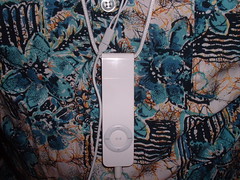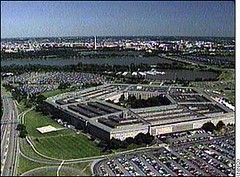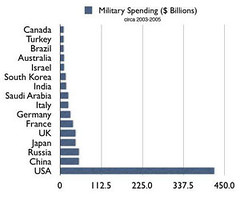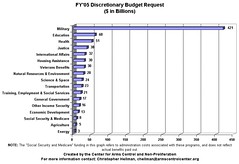Several posts back, my June 21st "Giving Us the Business," I wrote that
...both Time and Newsweek have degenerated to the point where I am not sure whether I am reading a serious news magazine or a tabloid aimed at Wal-Mart checkout lanes.
I meant that, but more in sorrow than anger. A simple side-by-side examination of current issues and ones from thirty years ago would be a good starting point to document the decline. If one throws in the persistently right-wing "U.S. News and World Report," a publication that has always remind me of ink and paper looking for an excuse to be a magazine, American weekly news magazines are in sorry shape.

Please allow me to suggest an alternative,
The Economist. Published around the world but still very true to its roots, the Economist is British. From its excellent website the publication's roots are exposed:
Established in 1843 to campaign on one of the great political issues of the day, The Economist remains, in the second half of its second century, true to the principles of its founder. James Wilson, a hat maker from the small Scottish town of Hawick, believed in free trade, internationalism and minimum interference by government, especially in the affairs of the market. Though the protectionist Corn Laws which inspired Wilson to start The Economist were repealed in 1846, the newspaper has lived on, never abandoning its commitment to the classical 19th-century Liberal ideas of its founder.
Yes, I probably have of issues with their point-of-view, their politics. But their reporting is first rate, as comprehensive and fair as can be found in the English language.
The Economist is not inexpensive; advertisements are minimal and seldom intrude. The type is small and they expect effort on the part of their readers. When they don't like something they are very straightforward. They don't pander, especially to a U.S. audience. They cover world news; they are seriously comprehensive. It is a refreshing read.
Of special note are the illustrations which frequently express an often bizarre British sense of humor that counterbalances the relatively dry, businesslike prose.
But my favorite section of each edition is the Obituary. Always one to an issue, these full-page send-offs frequently note those that Time and Newsweek ignore or only briefly mention. For example, The July 9-15 issue featured
Jack Kilby, co-inventor of the intregrated circuit. He shared the Nobel Prize for Physics in 2000. Never heard of him? He helped transform how you live. Maybe you need a different news magazine.
Others recently highlighted deaths included
Lillian Lux, star of the Yiddish theatre,
Adolfo Aguilar Zinser, an "outspoken" Mexican diplomat,
Hamilton Naki, an unrecognised surgical pioneer (He was black and South African),
Albert (“Smiler”) Marshall, aged 108, the last British cavalryman of the first world war, and
Bob Hunter, one of the founders of Greenpeace. They published a
photo of Bob in his early years with a sign stuck to his shirt that said "Fuck Off." I can't imagine Time or Newsweek doing that.
But my favorite recent obit was that of
Maurice Hilleman, a pioneer of preventive medicine, who died on April 11th, aged 85. The obit said that
Mr Hilleman developed some 40 vaccines, among them for measles, hepatitis A and B, chickenpox, meningitis and pneumonia. 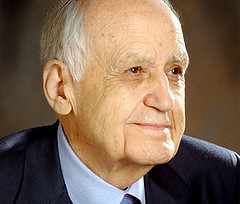 He developed the one-shot vaccine that can prevent several diseases, such as MMR (measles, mumps and rubella). When in 1988 President Reagan presented him with the National Medal of Science, America's highest scientific honour, it was said that he had saved more lives than any other scientist in the 20th century. His peers said that he had done more for preventive medicine than anyone since Louis Pasteur.
He developed the one-shot vaccine that can prevent several diseases, such as MMR (measles, mumps and rubella). When in 1988 President Reagan presented him with the National Medal of Science, America's highest scientific honour, it was said that he had saved more lives than any other scientist in the 20th century. His peers said that he had done more for preventive medicine than anyone since Louis Pasteur.
I had never heard of him. Without
The Economist I doubt I would have. Thank you Mr. Hilleman; job well done.








